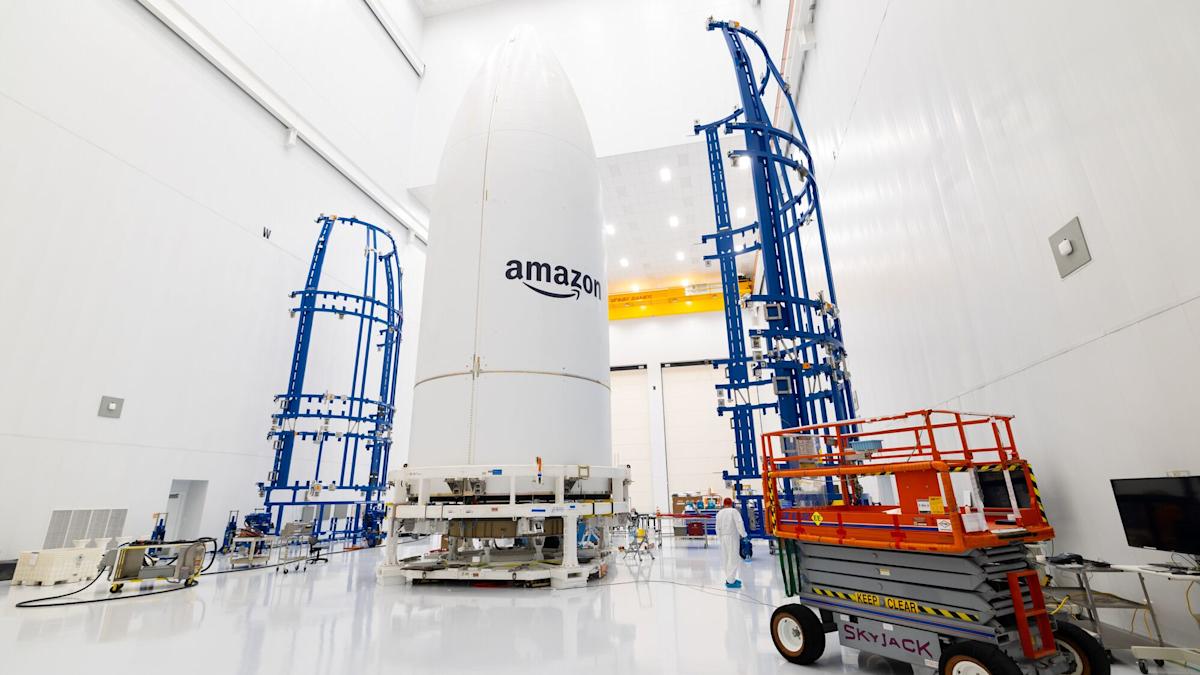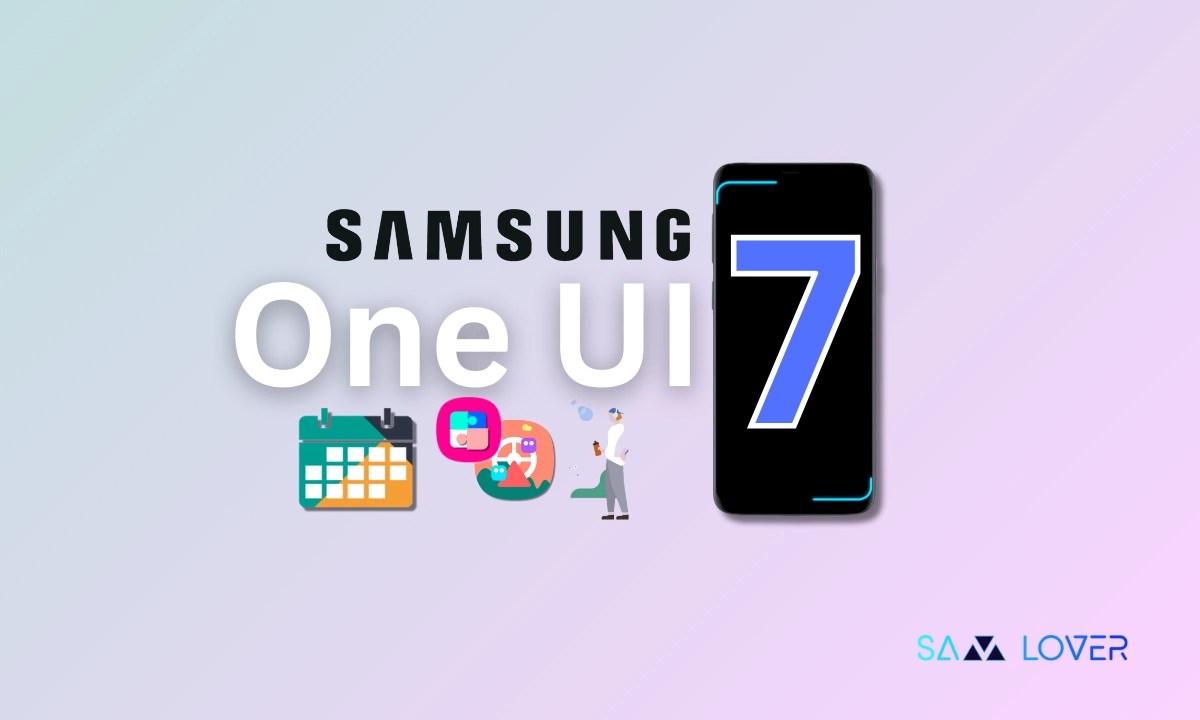Introduction to Amazon’s Project Kuiper
Following recent tests, Amazon is now set to launch its Project Kuiper space internet project, aiming to rival Elon Musk’s Starlink. The company has announced that the first batch of 27 satellites on the KA-01 (Kuiper Atlas 1) mission will be launched into low earth orbit (LEO) aboard a United Launch Alliance Atlas V rocket on April 9th from Cape Canaveral, weather permitting. Amazon plans to start offering the high-speed internet service later this year.
Project Details and Capabilities
Amazon’s network will ultimately consist of 3,200 satellites launched from partners including ULA, Arianespace, Blue Origin, and even SpaceX. Like Starlink, Project Kuiper’s service will cover the entire planet when completed. It will operate with a dish as small as seven inches, delivering speeds up to 100Mbps, or up to 1Gbps with larger dishes. The cost of terminals is expected to be under $400. The satellites will travel at 17,000 mph, 392 miles above earth, circling the planet in about 90 minutes. They will use a dialectic mirror film coating to reduce their visibility to ground-based astronomers. With SpaceX’s constellation currently using over 7,000 satellites, the combined Project Kuiper and Starlink fleet will exceed 10,000 LEO satellites once Amazon’s network is complete.
Satellite Launch and Network
The first launch of Project Kuiper will be the heaviest payload for the Atlas V, flying in its most powerful configuration with five solid rocket boosters and a large payload fairing. Despite successful ground tests, the mission carries risks, as it will be the first time flying the final satellite design and deploying so many satellites simultaneously. Project Kuiper vice president Rajeev Badyal noted that while extensive ground testing has been completed, some aspects can only be learned in flight, and this mission marks the beginning of their journey with all pieces in place to learn and adapt for future launches.
Recent Developments and Technology
Amazon launched two test satellites in October 2023, achieving speeds of up to 100 gigabits per second, and later bolstered the network with high-speed laser cross-links in December, promising further speed boosts. The company claims its mesh network can move data about 30 percent faster than terrestrial fiber optic cables. This technology, combined with the upcoming launch, positions Project Kuiper as a significant player in the satellite internet market, aiming to provide high-speed internet services globally.
Conclusion
The launch of Project Kuiper marks a significant step for Amazon in the race to provide global internet coverage from space. With its innovative technology, extensive satellite network, and commitment to providing fast and reliable internet services, Amazon is poised to challenge existing players in the market. The success of this mission will be crucial for the future of Project Kuiper and the broader satellite internet industry.
Source Link





